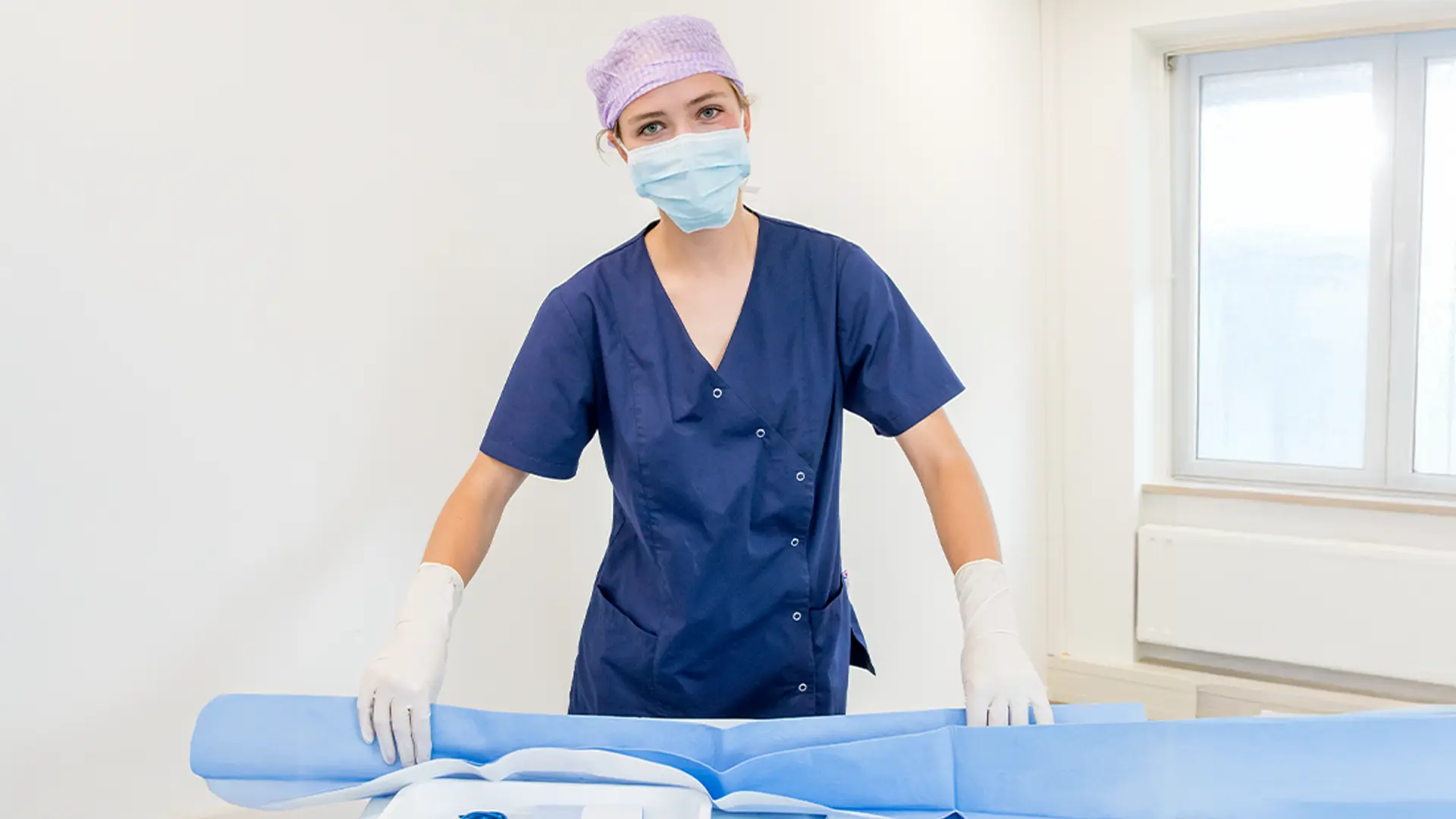1 to 2 weeks after the stitches are removed
In the first week after the stitches are removed, the healing process really starts. The swelling and bruising will continue to decrease. Usually, these will have largely disappeared within two weeks. The redness of the scars will continue to decrease and change into lighter pink scars. However, the eyes will still have to get used to the light and wind. Some sensitivity may still be experienced.
3 to 6 weeks after stitches are removed
In the period of three to six weeks, healing will be at an advanced stage. Scars will become less and less visible, but may remain pink or red for some time. Over time, these will fade to thin, white lines that disappear into the natural folds of the skin. The eyes will feel much more comfortable and the feeling of tightness and tension around the eyelids will gradually disappear.
3 to 6 months after the procedure
Although scars can take up to a year to heal, they will generally be barely visible. After three months, the pink or red color of the scar will fade. The swelling and sensitivity will also have disappeared. The result of a younger and fresher appearance is already clearly visible!
